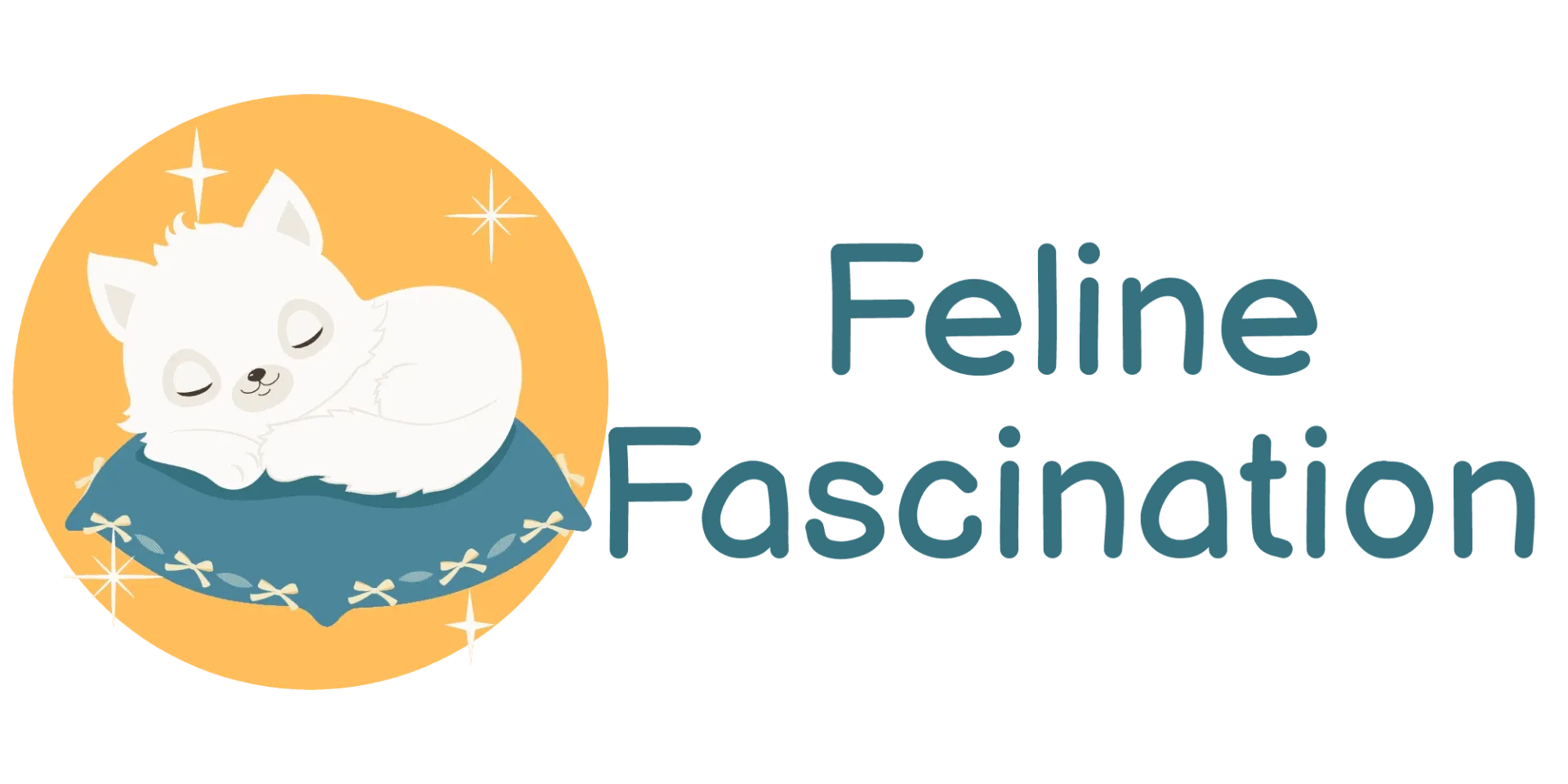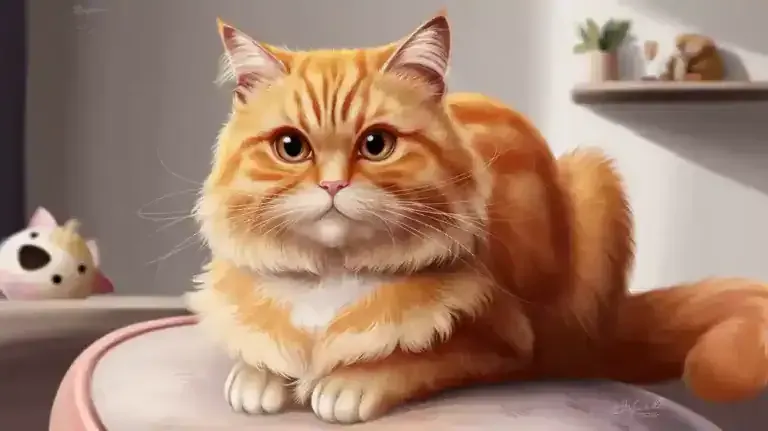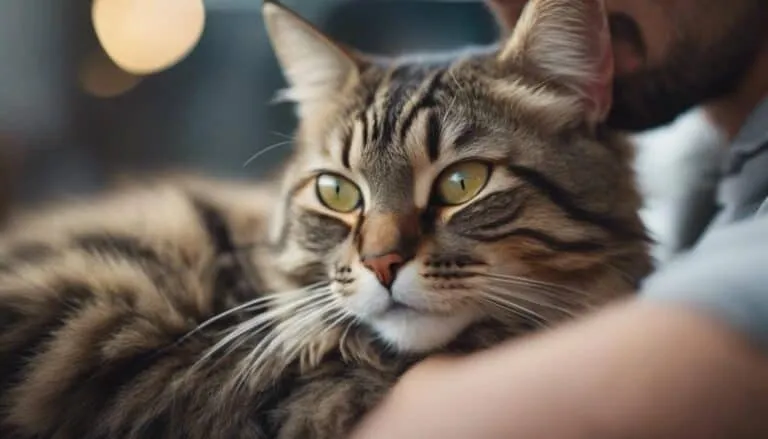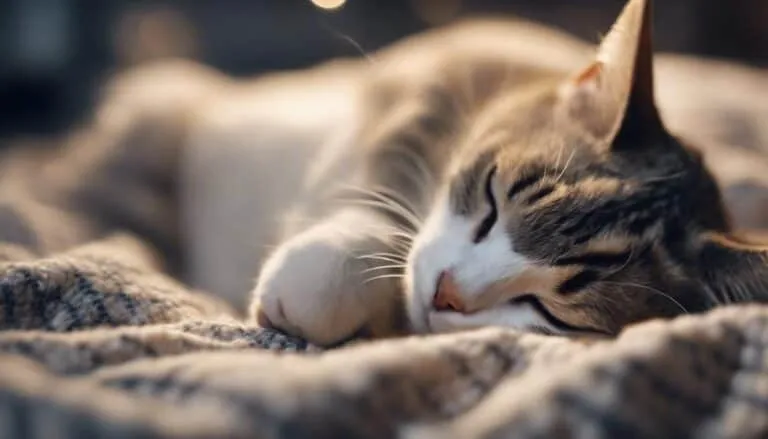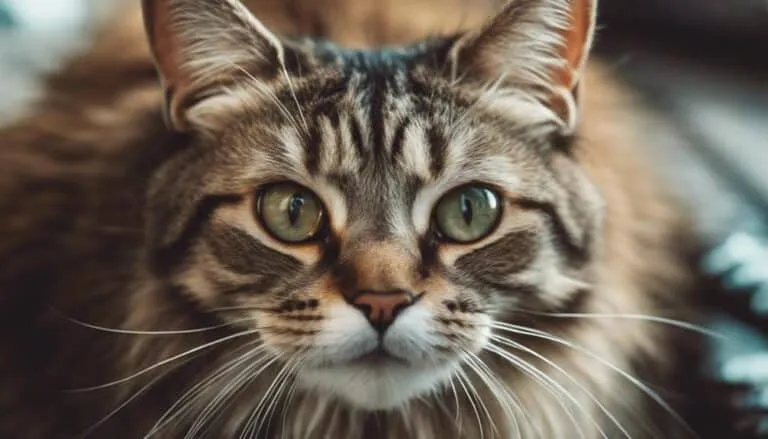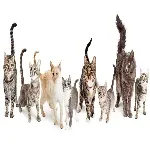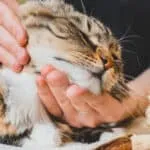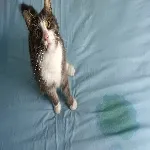The Best Fluffy Pancakes recipe you will fall in love with. Full of tips and tricks to help you make the best pancakes.
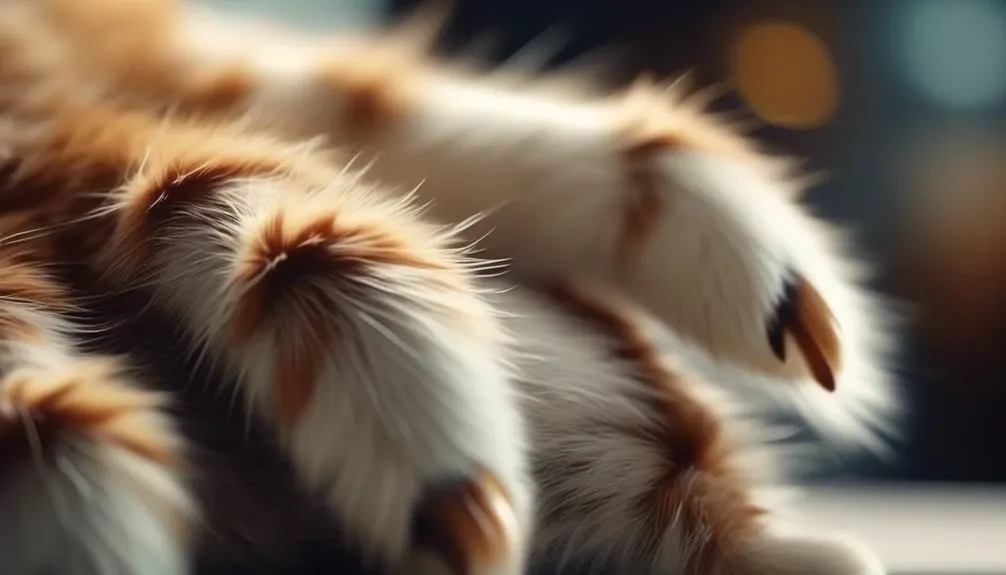
The world of feline behavior is filled with intriguing mysteries, and one fascinating aspect that continues to captivate researchers and cat owners alike is the stretching of their claws. This seemingly simple act holds a multitude of secrets waiting to be unveiled.
In this article, we will explore the hidden motivations behind this behavior, shedding light on the evolutionary instincts and daily routines that drive our feline companions to stretch their claws. Prepare to be amazed as we delve into the physical and social significance of this behavior, uncovering the intricate world of feline communication and behavior.
So, join us as we embark on a journey to unravel the secrets behind cat claws and their stretching, and discover a deeper understanding of our enigmatic feline friends.
Key Takeaways
- Cats stretch their claws for various reasons, including promoting circulation, preparing for hunting, and removing outer sheaths.
- Trimming their claws is important for their hunting abilities and is part of their grooming routine.
- Scratching and territory marking with their claws are natural behaviors for cats.
- Stretching claws and kneading are ways that cats communicate affection and seek attention from their owners.
Reasons for Cats' Stretching
Cats stretch their claws for various reasons, rooted in their evolutionary instincts and essential for their overall well-being. One of the benefits of cats stretching is that it feels good and promotes circulation to their limbs. Additionally, stretching helps cats prepare for hunting during dawn and dusk, as they are crepuscular predators. It is also a natural behavior rooted in their evolutionary instincts.
To encourage stretching behavior, owners can provide scratching posts or cat trees where cats can stretch and scratch their claws. Regular claw maintenance, such as clipping and trimming, is also important to prevent snags and maintain good hunting abilities.
Clipping and Trimming Claws
One crucial aspect of maintaining a cat's overall well-being is the regular clipping and trimming of their claws. This practice not only keeps their claws at an appropriate length but also provides several health benefits for their paws. Here are four important points to consider:
- Preventing overgrowth: Trimming their claws helps prevent overgrowth, which can lead to discomfort and pain for the cat. Long claws may also become snagged on objects, causing injury or interfering with their ability to hunt.
- Maintaining claw health: Regular trimming promotes the health of their claws by preventing the accumulation of dirt, debris, and bacteria. It also reduces the risk of ingrown nails and infections.
- Protecting furniture and human skin: Trimming their claws helps prevent cats from scratching furniture and unintentionally scratching or injuring humans during play or affectionate interactions.
- Alternatives to trimming: Introducing a cat scratcher or providing appropriate scratching surfaces can help maintain nail health and provide an alternative to scratching furniture. Regular nail trims can be supplemented with these alternatives to keep your cat's claws in optimal condition.
Territory Marking
Territory marking is an instinctive behavior in felines that serves as a means of communication and boundary establishment. Cat scratching behavior and communicating through territory marking are essential for cats to assert their presence and avoid conflicts with other felines.
Scratching serves as a visual and olfactory signal, leaving both visual marks and scent traces through the glands in their paws. By scratching on surfaces, cats communicate to other cats that the area is already claimed. This behavior helps establish a clear territorial boundary and reduces the need for physical confrontations.
Through territory marking, cats can effectively communicate their presence, avoid potential fights, and maintain a sense of security within their territory. Understanding this behavior can help pet owners create a conducive environment for their feline companions.
Claw Conditioning
Claw conditioning is a vital aspect of a cat's grooming routine, ensuring the health and functionality of their claws for hunting and other natural behaviors. Here are four key points to consider when it comes to claw conditioning and its benefits for cats' overall health and well-being:
- Maintaining Nail Health: Cats stretch their claws to help remove the outer sheaths, which are shed every 3 months to allow new growth. Introducing a cat scratcher can help maintain nail health and provide an alternative to scratching furniture.
- Promoting Hunting Abilities: Felines are obligate carnivores and need their claws to be in top shape for hunting. Regular claw conditioning helps cats keep their claws sharp, aiding in successful hunting and prey capture.
- Preventing Injury: By regularly conditioning their claws, cats can prevent snags and tears that could lead to injuries during hunting or play. Well-conditioned claws are less prone to breakage or splitting.
- Introducing a Cat Scratcher: To effectively introduce a cat scratcher as part of their claw maintenance routine, place it in a prominent and accessible location, sprinkle it with catnip, and reward your cat with treats and praise when they use it. This positive reinforcement will help them associate the scratcher with a rewarding experience.
Attention-Seeking Behavior
Attention-seeking behavior in cats is a common and natural way for them to seek interaction and connection with their owners. Cats often stretch their claws and paws towards their owners to get attention. This stretching behavior is a form of communication and a way for cats to express their desire for affection.
Additionally, cats may also knead their owners as a sign of love and contentment. Kneading involves outstretching their claws and is usually done with close companions. It is a way for cats to mark their owners as theirs, as they have scent glands in their pads.
Furthermore, stretching their claws before play is also a natural instinct in cats. It helps them prepare for playtime and mimics a wild behavior that aids in hunting.
Understanding these attention-seeking behaviors can strengthen the bond between cats and their owners, allowing for more meaningful interactions.
Conclusion
In conclusion, understanding why cats stretch their claws provides valuable insights into their evolutionary instincts and daily routines. This behavior serves multiple purposes, including promoting circulation, preparing for hunting, marking territory, and seeking attention.
Additionally, maintaining healthy nails through claw conditioning is crucial for a cat's overall well-being. By unraveling the hidden meanings and purposes behind cat claw stretching, we gain a deeper appreciation for the complex world of feline communication and behavior.
As a striking statistic, studies have shown that cats spend approximately 30% of their waking hours engaging in some form of stretching, highlighting the significance of this behavior in their lives.
